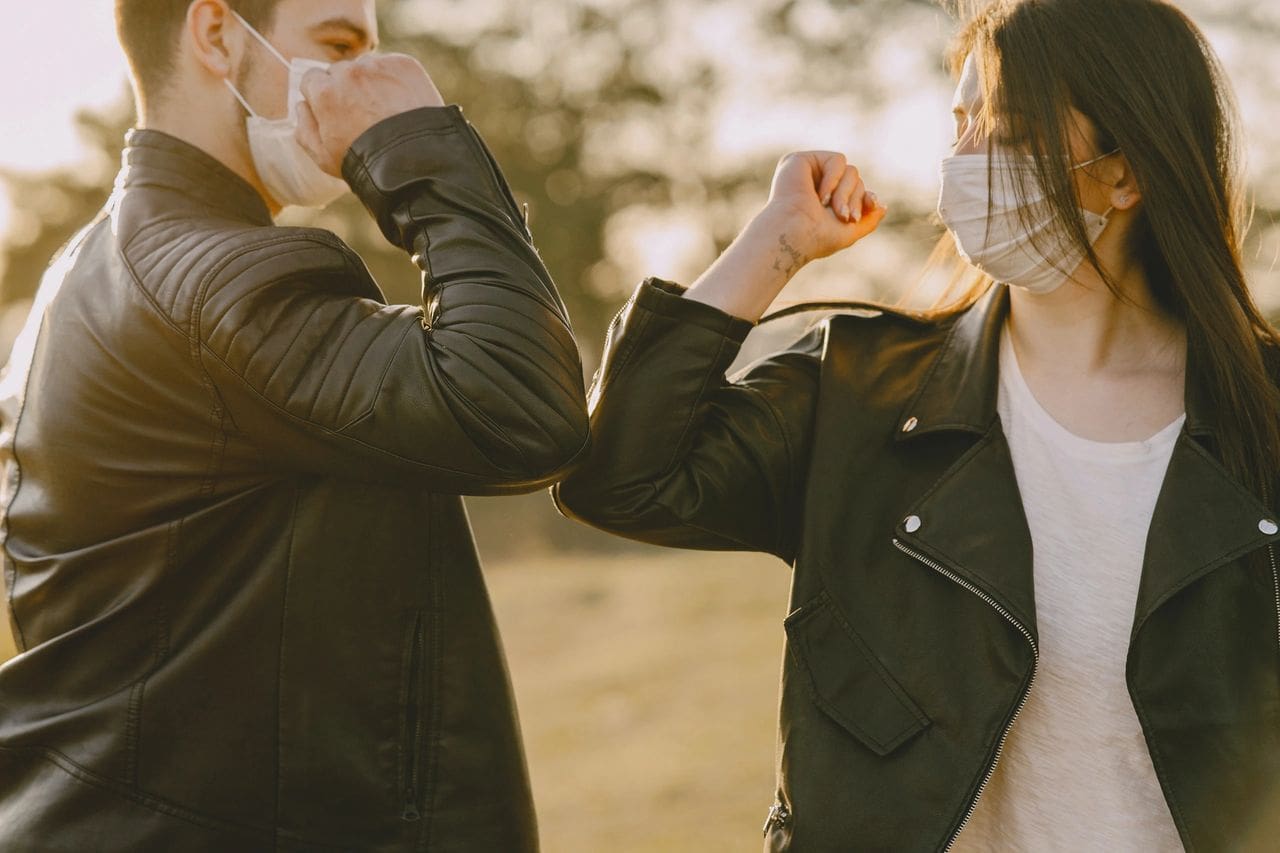
When Will Life Get Back to Normal after C-19?
This coronavirus, SARS CoV-2 (COVID-19), has changed our way of life. For many of us, we’re tired of social distancing, wearing masks, and economic uncertainty. We really want to know when things will get back to normal!
Unfortunately, it is hard to put an end date on a pandemic. In the U.S., uncertainty is heightened around the phases of the White House’s Guidelines for Opening Up America. Many states have reached Phase 3, others remain locked down, while many cities have retreated backwards for good reasons. The good news: our history and the nature of viruses can help us understand what kind of timeline we can expect (or hope for).
Background on Viruses and Pandemics
According to virologist, Guido Vanham, it’s likely that COVID-19 is here to stay. We currently have seven coronaviruses in existence that infect people (CDC), four of which are seasonal and feed the common cold. Vanham believes that COVID could do the same.
So, what will it take for the pandemic to be considered over? In short, a population needs to reach saturation, the point where a majority of people have been infected. When a majority of the population has been infected by a disease, either by natural causes or through a vaccine, they build an immunity to it. This means that people are less susceptible to becoming sick when they encounter another infected person. When this happens, the disease doesn’t spread as fast because there are less people susceptible to infection.
Most public health officials and scientists believe the acceptable saturation point is between 50-80% of the population, while others believe it could be as low as 10-20% (though that is more controversial).
Herd Immunity Debate
One option toward this saturation point is to rely on herd immunity. This approach would allow less vulnerable populations to naturally build an immunity to COVID by gathering in large groups again. This could fast track us to a sense of normalcy, but it would risk many lives to illness and health complications.
In October, a number of epidemiologists and public health scientists started a worldwide petition to reopen everything under the Great Barrington Declaration. The Declaration proposes that less vulnerable populations go about life as normal and the more vulnerable stay under protection.
Although it was signed by health officials and scientists around the world, the Declaration has received a lot of scrutiny from others in health and science, leading to a counter petition called the John Snow Memorandum. This memo argues that there are too many unknown variables for herd immunity to be a safe approach: “[it] is unclear how long protective immunity lasts and, like other seasonal coronaviruses, SARS-CoV-2 is capable of re-infecting people.”
So, while an option, herd immunity is likely out of the picture, and we will need to boost immunity through a vaccine.
Vaccine Development
Most vaccines take anywhere from ten to fifteen years of rigorous trials to develop. The U.S. is aiming to fast track testing and have a COVID-19 vaccine by January 2021. Both Dr. Fauci and NIH Director Dr. Collins are optimistic about this goal but want to ensure that a vaccine is safe and effective before mass distribution.
To determine safety and effectiveness, vaccines go through at least three phases:
· Phase One: Small-scale study, testing the safety of the vaccine
· Phase Two: Vulnerable population study, measuring antibodies
· Phase Three: Large-scale study on a diverse audience, testing the vaccine’s effectiveness
Many vaccines end up in a fourth phase of perpetual study, but it’s a successful Phase 3 that determines when a vaccine can be distributed. Currently, there are several candidate vaccines in Phase 3, including Moderna & NIH’s vaccine, mRNA-1273.
Dr. Fauci has said that a safe and effective vaccine could return things to “normal” by the end of 2021, but others are more skeptical. Dr. Theresa Tam, Chief Public Health Officer in Canada, cautioned that even with a vaccine, this pandemic could continue through 2024. As she pointed out, once we have a vaccine, officials still have to consider how to distribute it and to whom. What’s more, there may not be enough to supply the demand, assuming that everyone wants to be vaccinated.
What is Normal?
The uncomfortable truth is that we may need to socially and emotionally come to terms with this “new normal.” A recent Washington Post article suggests that, post-COVID, offices may revert from open floor plans back to cubicles in order to maintain social distance, while other places may become more automated. In Health IT, we’re observing that telehealth appointments may be the new normal for how we “see” our doctors.
But what about masks? We know from a recent multi-university study led by University of San Francisco that masks are 8-10% more effective against COVID death rates than no mask, and they’re also more effective against coronaviruses than the flu. Because of this, it stands to reason that masks will likely not be enforced post-COVID, but some of our neighbors might choose to keep using them anyway.
What we’re really asking when we say, “when will things go back to normal?” is “when will we be free to socialize, travel, and leave the house without fear of the virus?” The answer is: we don’t know for sure … but we’re hoping before 2024.
Research by Lindsay Westervelt
